Middle school can be a challenging time for students as they navigate through various emotions and social interactions. It is important for students to learn effective emotional regulation strategies to help them cope with their feelings and maintain positive mental health. In this article, we will discuss some strategies that can help middle school students manage their emotions effectively.
Table of Contents
- Deep Breathing Exercises
- Mindfulness Practices
- Journaling
- Physical Activity
- Seeking Support from Trusted Adults
- Positive Self-Talk
- Mindful Listening
1. Deep Breathing Exercises
Teaching students deep breathing exercises can help them calm down when they are feeling overwhelmed or stressed. Encourage students to take slow, deep breaths and focus on their breathing to help them regulate their emotions.
2. Mindfulness Practices
Practicing mindfulness can help students become more aware of their thoughts and feelings without judgment. Teach students simple mindfulness exercises such as mindful breathing or body scans to help them stay present and grounded.
Mindfulness practices are powerful tools for helping middle school students regulate their emotions and manage stress effectively. By encouraging students to stay present in the moment and acknowledge their feelings without judgment, mindfulness can help them navigate the ups and downs of adolescence with greater ease.
Benefits of Mindfulness for Middle School Students
Some of the key benefits of incorporating mindfulness practices into emotional regulation strategies for middle school students include:
- Improved self-awareness and self-regulation
- Enhanced ability to cope with stress and anxiety
- Increased focus and concentration
- Improved relationships with peers and adults
Examples of Mindfulness Practices
There are many simple mindfulness practices that can be incorporated into the daily routine of middle school students, such as:
- Deep breathing exercises
- Body scan meditation
- Mindful walking or movement
- Gratitude journaling
Implementing Mindfulness in Schools
Teachers and school administrators can support the implementation of mindfulness practices by providing resources and training for educators, creating designated mindfulness spaces within the school, and integrating mindfulness into the curriculum.
Overall, mindfulness practices offer valuable tools for helping middle school students develop emotional regulation strategies that will serve them well throughout their lives.
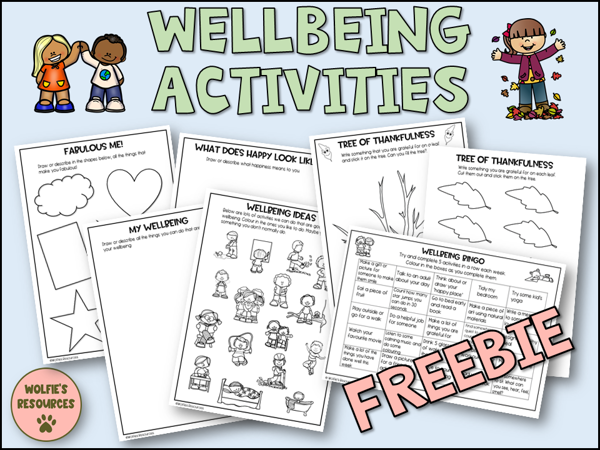
3. Journaling
Encourage students to keep a journal where they can write about their emotions and experiences. Journaling can help students process their feelings and gain insight into their emotions, leading to better emotional regulation.
Journaling can be a powerful tool for helping middle school students regulate their emotions. By writing about their thoughts and feelings, students can gain a better understanding of their emotions and develop strategies for managing them.
Encouraging students to journal regularly can help them process difficult emotions, reflect on their experiences, and develop healthy coping mechanisms. By putting their feelings into words, students can gain a sense of control and perspective on their emotions.
Teachers and parents can support students in their journaling practice by providing prompts, feedback, and a safe space for students to express themselves. By incorporating journaling into their daily routine, students can build resilience and emotional intelligence that will serve them well throughout their lives.
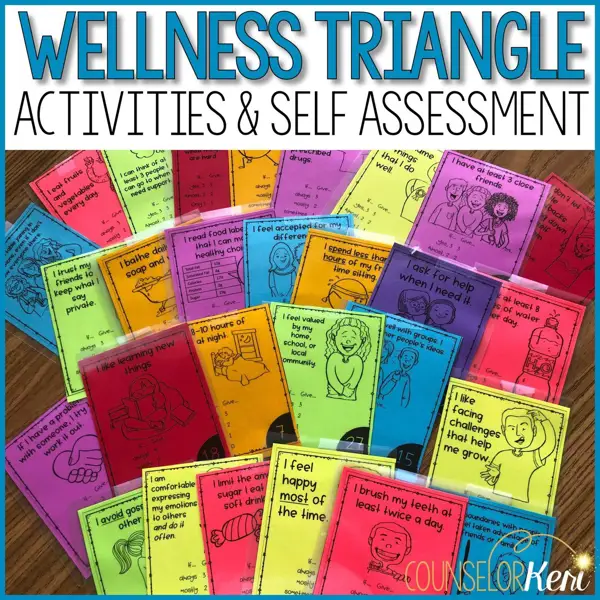
4. Physical Activity
Engaging in physical activity can help students release pent-up energy and stress. Encourage students to participate in activities they enjoy, such as sports or dancing, to help them regulate their emotions and boost their mood.
It is widely recognized that physical activity plays a crucial role in the emotional well-being of individuals, including middle school students. Engaging in regular physical activity has been shown to improve mood, reduce stress and anxiety, and enhance overall mental health.
For middle school students, incorporating physical activity into their daily routine can be a powerful tool in managing their emotions and regulating their feelings. Whether it is through organized sports, recreational activities, or simply going for a walk or bike ride, getting moving can have a significant impact on their emotional state.
Incorporating physical activity into emotional regulation strategies can help students build resilience, cope with challenges, and develop healthy habits for managing their emotions. By encouraging regular physical activity, educators and parents can support the emotional well-being of middle school students and help them navigate the ups and downs of adolescence.
Overall, promoting physical activity as a key component of emotional regulation strategies for middle school students can have long-lasting benefits for their mental health and well-being.

5. Seeking Support from Trusted Adults
Encourage students to reach out to trusted adults, such as teachers or counselors, when they are struggling with their emotions. Having a supportive adult to talk to can help students feel heard and validated, leading to better emotional regulation.
Emotional regulation is an important skill for middle school students to develop in order to manage their emotions effectively. However, sometimes students may struggle with regulating their emotions on their own. In these cases, seeking support from trusted adults can be extremely helpful.
Trusted adults, such as parents, teachers, high school counselors, can provide guidance and support to help middle school students learn and practice emotional regulation strategies. These strategies may include deep breathing exercises, mindfulness techniques, or talking about their feelings with someone they trust.
By seeking support from trusted adults, middle school students can build healthy coping mechanisms and develop the skills needed to navigate challenging emotions. Encouraging open communication and creating a safe space for students to express their feelings can help foster emotional growth and resilience.

6. Positive Self-Talk
Teach students the importance of positive self-talk and how it can help them reframe negative thoughts. Encourage students to challenge negative beliefs and replace them with positive affirmations to boost their self-esteem and emotional well-being.
Middle school can be a challenging time for students as they navigate their emotions and interactions with peers. One effective strategy for emotional regulation is positive self-talk. Encouraging students to speak kindly to themselves can help boost self-esteem and manage difficult emotions.
Some examples of positive self-talk phrases for middle school students include:
- "I can handle this situation."
- "I am capable and smart."
- "I am unique and special."
- "I am in control of my emotions."
- "I am confident in myself."
By incorporating positive self-talk into their daily routines, students can build resilience and cope with challenges in a healthy way. Teachers and parents can also encourage and model positive self-talk to support middle school students in developing this important skill.
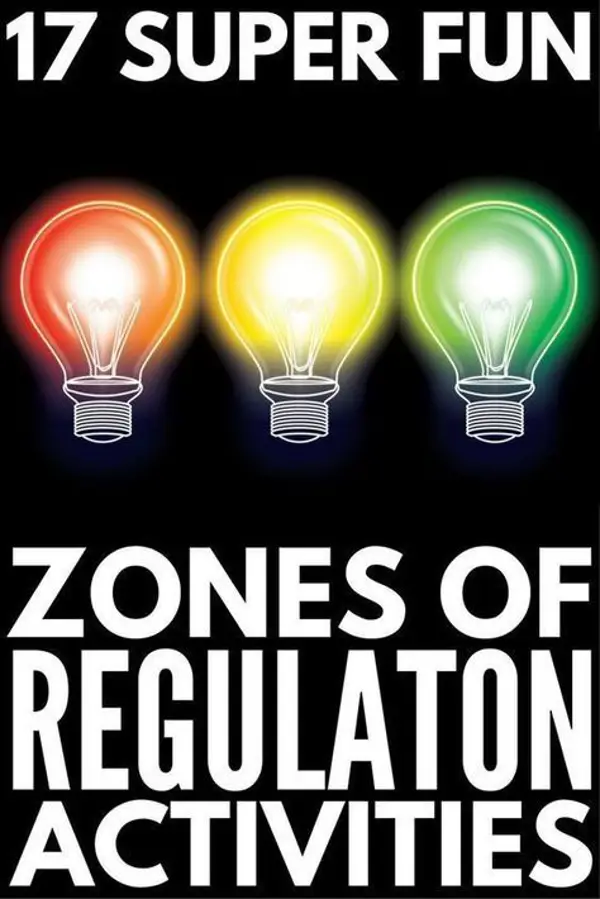
7. Mindful Listening
Teach students the importance of active listening and how it can improve their relationships with others. Encourage students to listen mindfully to others without interrupting or judging, which can help them regulate their emotions and enhance their communication skills.
Practicing mindful listening can be a helpful emotional regulation strategy for middle school students. When students actively listen to others, they can better understand different perspectives and respond more effectively in challenging situations.
Encouraging students to pause, take deep breaths, and truly focus on what others are saying can improve their communication skills and reduce impulsivity in their responses. Mindful listening can also help students develop empathy and build stronger relationships with their peers.
By incorporating mindful listening exercises into classroom activities and daily interactions, teachers can support students in managing their emotions and cultivating a more positive and supportive learning environment.
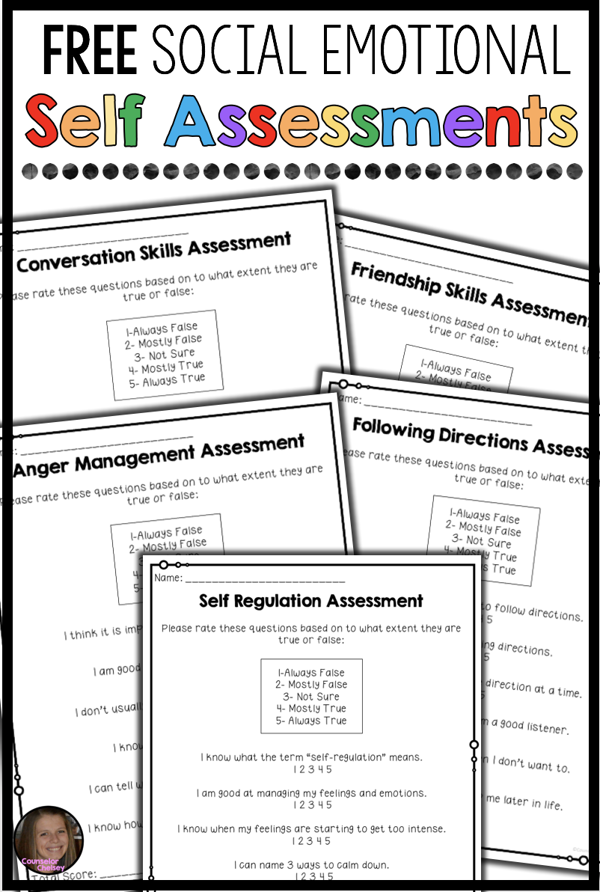
Key Takeaways
- Deep breathing exercises can help students calm down and regulate their emotions.
- Mindfulness practices can help students become more aware of their thoughts and feelings.
- Journaling can help students process their emotions and gain insight into their feelings.
- Physical activity can help students release stress and boost their mood.
- Seeking support from trusted adults can help students feel heard and validated.
- Positive self-talk can help students reframe negative thoughts and boost their self-esteem.
- Mindful listening can improve students' relationships with others and enhance their communication skills.
FAQ
Q: How can I help my middle school student regulate their emotions?
A: You can help your middle school student regulate their emotions by teaching them coping strategies such as deep breathing exercises, mindfulness practices, and journaling. Encourage open communication and provide support when needed.
Q: What should I do if my middle school student is struggling with their emotions?
A: If your middle school student is struggling with their emotions, encourage them to seek support from trusted adults such as teachers or counselors. Provide a safe space for them to express their feelings and offer guidance on healthy coping mechanisms.
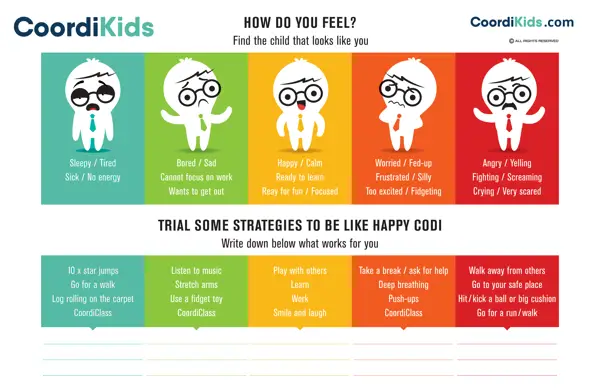


Recent Comments